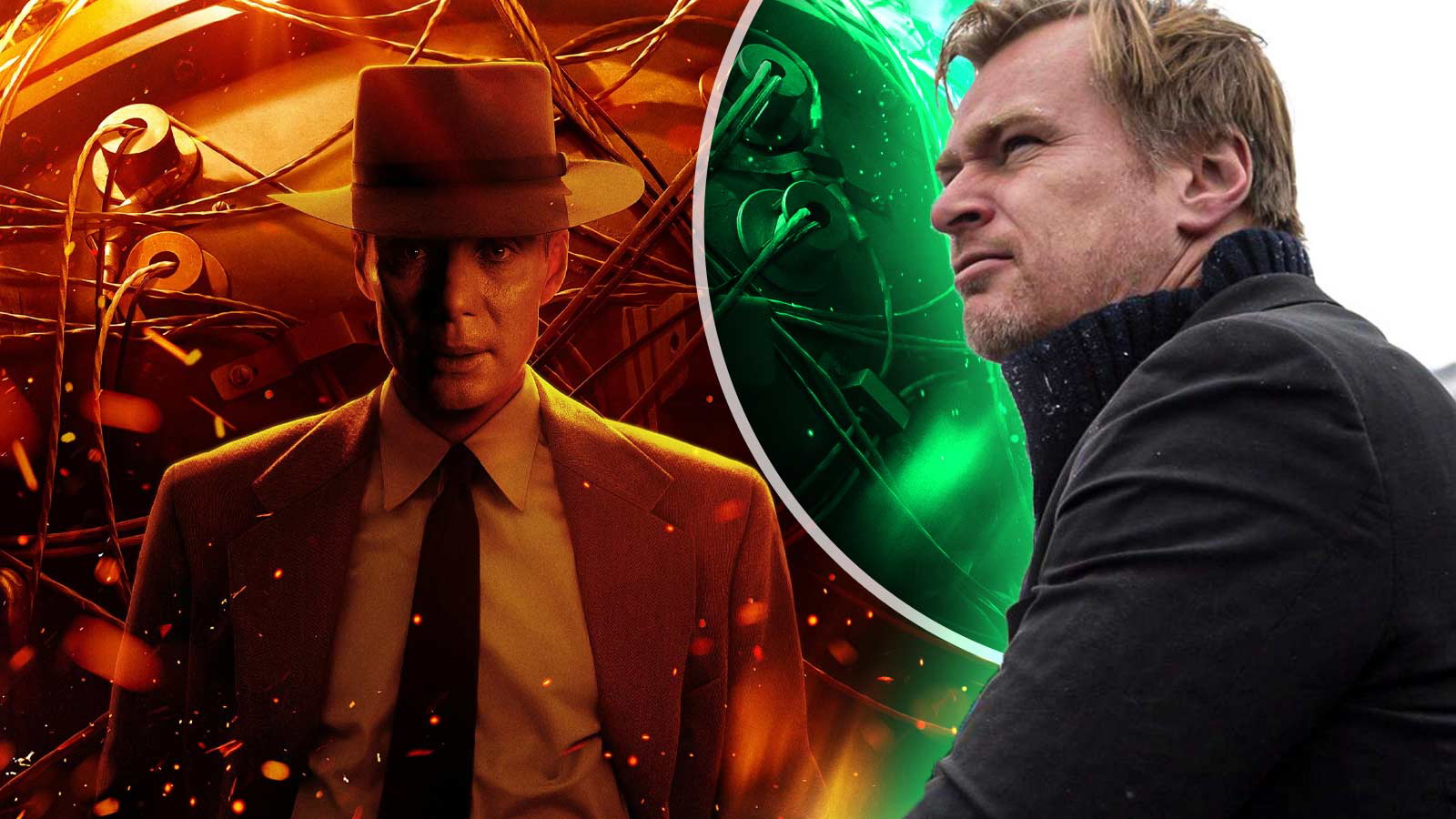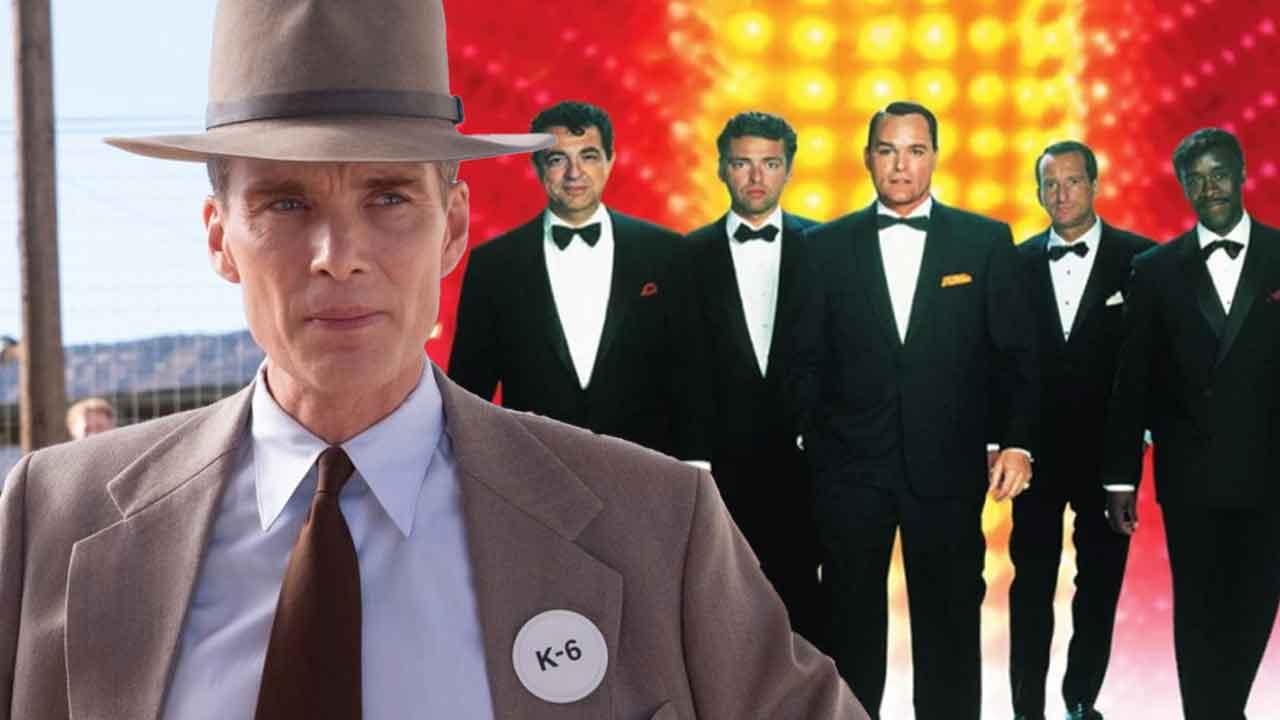Christopher Nolan Messed Up Big on a Key Scene in ‘Oppenheimer’ as Director Failed to Notice 1 Crucial But Misplaced Historical Detail
- Fans and critics quickly noticed an historical error in ‘Oppenheimer.’
- The 50-star flag was mistakenly used in the 1945 scene.
- The correct flag for 1945 should have had 48 stars, as shown in other scenes.
Christopher Nolan’s Oppenheimer grabbed people’s attention and became a huge hit, alongside Barbie last year. Together, they’ve created a fun pop culture phenomenon dubbed ‘Barbenheimer.’ However, a surprising detail has caught the eye of keen viewers: the use of a 50-star American flag in a scene set in 1945 in Christopher Nolan’s masterpiece.
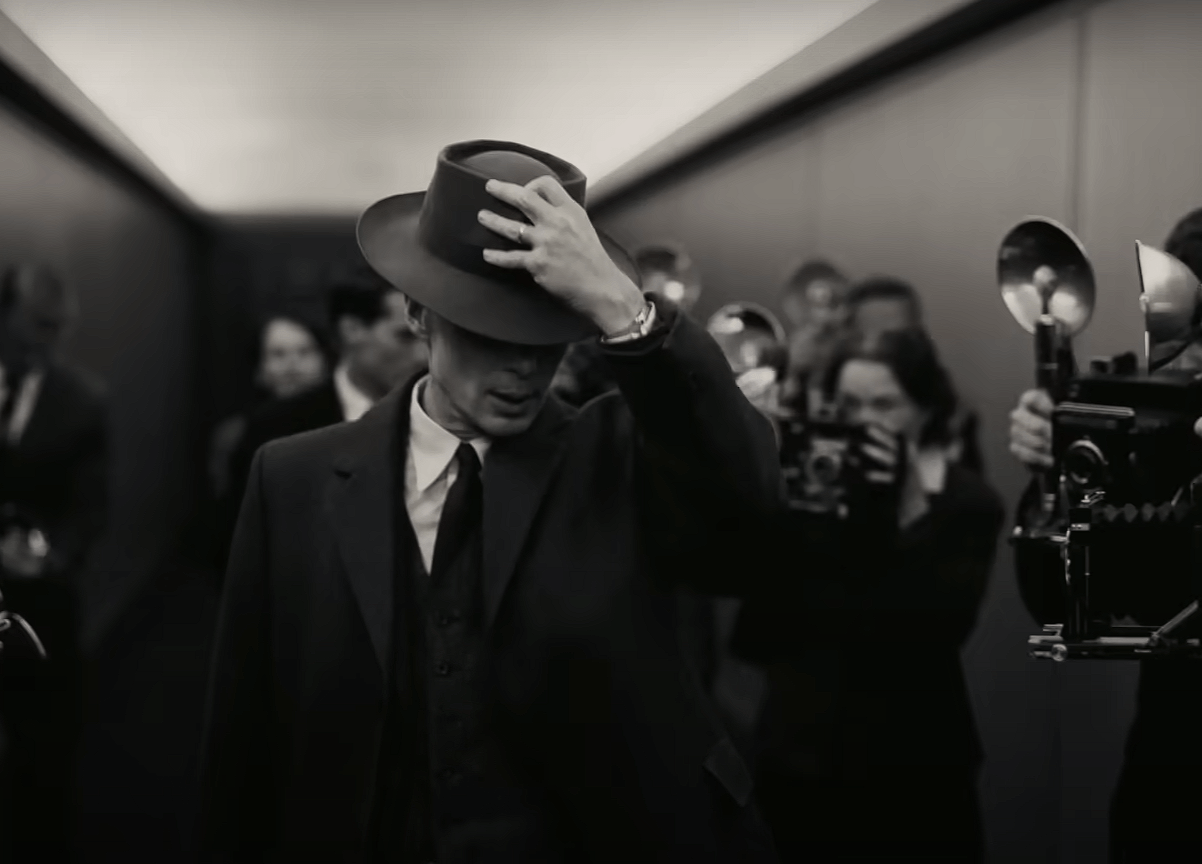
This anachronism got fans and critics buzzing after the movie came out. People questioned how closely the film paid attention to historical details. The 50-star flag didn’t come around until 1960, so spotting it in a 1945 scene was a pretty big historical whoopsie.
The 50-Star Flag Anomaly in Oppenheimer
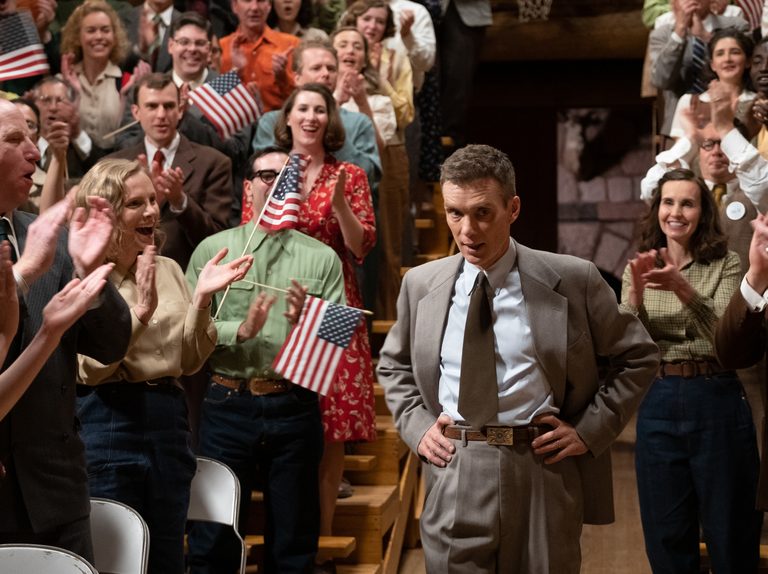
In Oppenheimer, there’s a memorable scene from 1945 where Cillian Murphy, playing J. Robert Oppenheimer, stands among a group of people waving American flags. Observant viewers noticed that the flags have 50 stars, which is a mistake because Alaska and Hawaii weren’t states in 1945.
The correct flag of that period should have had 48 stars, because that’s how many states were around at the time. This historical slip-up is especially odd because another part of the film shows the correct 48-star flag, so it seems like the discrepancy wasn’t planned. This goof got people talking online about how crucial it is to get historical facts right in films.
That's spoilt the film for me now. Don't think I'll bother to go and see it now that I know it's not historically correct. Think I might watch Dunkirk or maybe Braveheart next. Or maybe Enigma. 🤔
— Graham Hickman (@GrahamHickman13) July 26, 2023
This was one of the things that caught me off guard as every other scene (that I noticed) with the flag was correct
— Nadara 🇬🇪🇪🇺 (@NadaraTheGreat) July 25, 2023
You know, when I saw who all was in this movie, I told my wife, I said, “This film has a lot of stars!”
— J DeBor (@snowandsun59) July 25, 2023
Maybe if they tasked someone other than the interns to procure the flags?
— John-Paul Cabalar (@Chitownrabble) July 25, 2023
OK that’s inexcusable 🤦🏻♂️
— David Reynolds 🇺🇸🇪🇺🇺🇦 (@Aubie_13) July 25, 2023
The film’s historical slip-ups didn’t hurt its success much. Oppenheimer did great at the box office, earning $976 million (via The Numbers). It also currently a 93% score on Rotten Tomatoes and snagged seven Oscars, including Best Picture, Best Director, and Best Actor.
A Theory Behind the Oppenheimer Flag Fumble
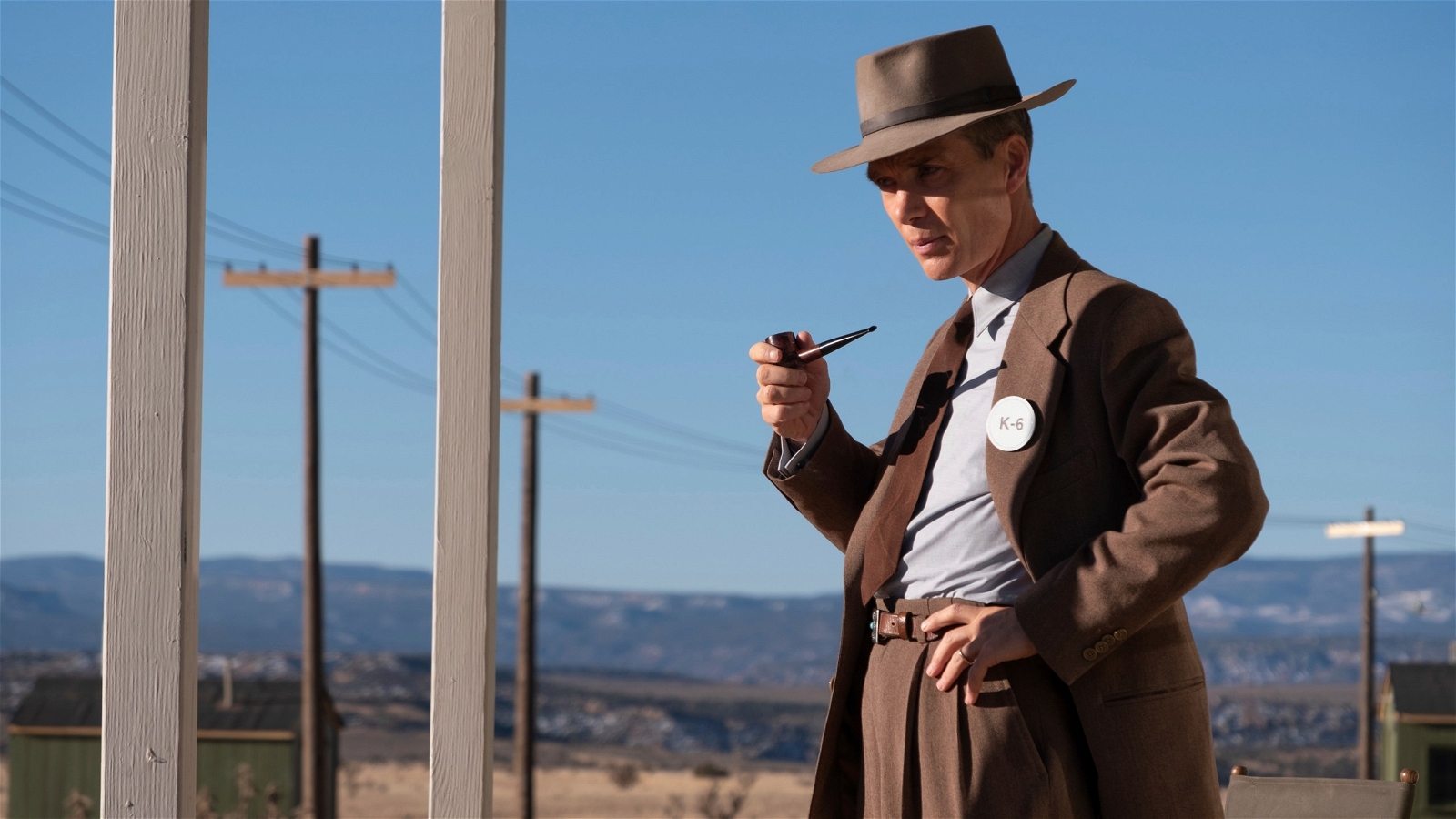
According to CNN, an X user suggested that the film’s use of color and black-and-white scenes might be intentional. They believe the color scenes represent Oppenheimer’s perspective, while the black-and-white scenes show a different viewpoint or time.
They argued that this could explain why the flag in the scene has 50 stars, reflecting Oppenheimer’s current memory rather than the historical period. It could be possible, though, as the film shows different stages of Oppenheimer’s life.
It moves from his student days in the 1920s. It then covers his role in building the atomic bomb during World War II. Finally, it shows the 1954 hearings where he lost his security clearance.
This was due to his links to the Communist Party. Christopher Nolan shared why Oppenheimer shifts from color to black-and-white throughout its 3 hour runtime. The director told Total Film:
I wrote the script in the first person, which I’d never done before. I don’t know if anyone has ever done that, or if that’s a thing people do or not. The film is objective and subjective.
Nolan explained that “the color scenes are subjective” and “the black-and-white scenes are objective.” It means the color scenes show things from a personal view, while the black-and-white scenes are more like a neutral camera’s take.
Oppenheimer is available to watch on Amazon Prime Video.

